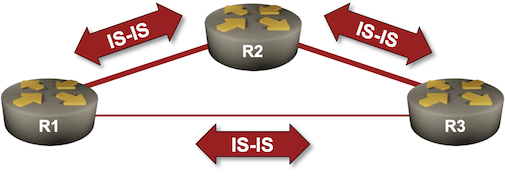0
Recap of the Operation of an LSTM Cell
The previous section introduced the construction and operation of a single Long Short-Term Memory (LSTM) cell. This section briefly discusses an LSTM-based Recurrent Neural Network (RNN). Before diving into the details, let’s recap how an individual LSTM cell operates with a theoretical, non-mathematical example.
Suppose we want our model to produce the sentence: “It was cloudy, but it is raining now.” The first part of it refers to the past, and one of the LSTM cells has stored the tense “was” in its internal cell state. However, the last portion of the sentence refers to the present. Naturally, we want the model to forget the previous tense “was” and update its state to reflect the current tense “is.”
The Forget Gate plays a role in discarding unnecessary information. In this case, the forget gate suppresses the word “was” by closing its gate (outputting 0). The Input Gate is responsible for providing a new candidate cell state, which in this example is the word “is.” The input gate is fully open (outputting 1) to allow the latest information to be introduced.
The Identification function computes the updated cell state by Continue reading

